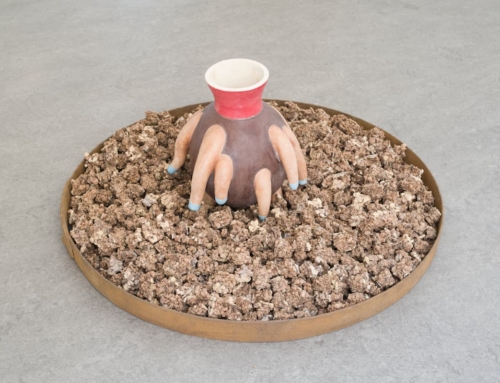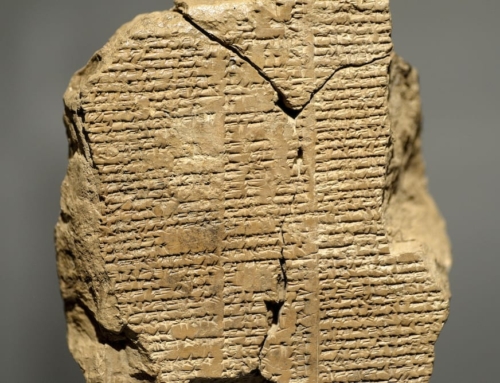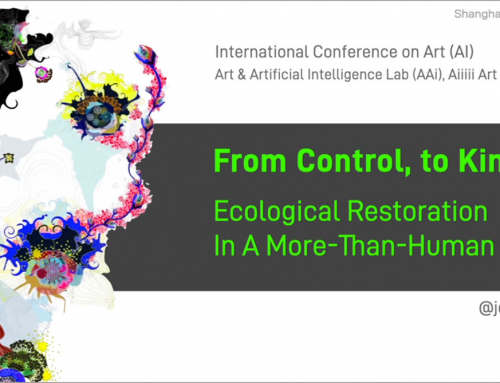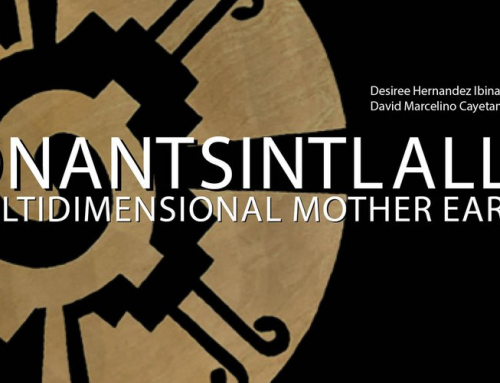If it is true that the world’s information base is doubling in size every 11 hours then a lot of eco-design information, that could be valuable for professionals, presumably goes un-noticed, and thus unused.
In the past month alone, for example, I’ve come across two paper-based design tools that would seem to have great potential – but lack effective publicity and distribution.
In Kortrijk, Belgium, I learned about Ecolizer.
The Public Waste Agency of Flanders [Ovam] has used something called the ‘ReCiPe method’ to collect and and synthesize a large amount of data on the environmental impact of materials and processes. Ovam decided to present the information as a physical swatch. As far as this non-expert can judge, Ecolizer contains high quality data. It was created in collaboration with the Flemish Institute for Technological Research [VITO]; Dutch institutions involved with ecodesign, who are also very thorough at this kind of thing, are also involved.
Why a swatch, and not a software programme? Ovam reason that since eco-design begins on the design table, the Ecolizer needs to be usable when designs are ‘still at the drawing stage’.
Then, at the Design Research Society symposium in Birmingham last week, I met Bernhard Dusch, a doctoral student at the Institute of Engineering at Cambridge University. Bernard, too, is developing a tool to support sustainable design – a card swatch which replicates product life cycles when opened.
A series of indexes and marks make the strategies accessible in an intuitive, instant and playful way. There are illustrated examples on the back of each card. Dusch tells me that the Cambridge team is also developing a brainstorm tool for workshops based on the same knowledge base and content.
One can see, at a glance, that both swatches are the result of extensive and high quality research. But will they be used?
My first reaction was that these swatches have the potential to be a brilliant iPhone or iPad app. But the researchers are – well, researchers, not app developers, and not publishers. They would need new partners to make that happen. And besides, the argument that a physical artefact is more appropriate is persuasive. Are these ecodesign swatches therefore destined to remain obscure, and under-used?
One is reminded of the International International Traditional Knowledge World Bank (ITKI) that we wrote about in July.
This, too, is an ambitious effort to collect and promote information that all designers need to know about – in this case, the re-use of traditional skills and inventions from all over the world. ITKI, too, contains well-considered lists and taxonomies; its site is filled with enticing graphic icons; and when you dig down for case studies, it is clear that many of the people involved are expert on different aspects of traditional knowledge.
But the fact that the project is “located in a prestigious Renaissance villa in Florence” does not fill one with confidence that this information will soon be out there where it’s needed. And at the time of writing, this amazing resource scores only 18,000 results when Googled – as compared to 1.2 million results for computer aided design.
Would a stronger push make a difference? After all, designers already have 1.2 million resources online to choose from. Is this a problem to be solved, or a predicament that we simply have to live with?
OVAM: Jan Verheye, jverheye@ovam.be
Bernhard Dusch can be contacted at: bd302@cam.ac.uk







